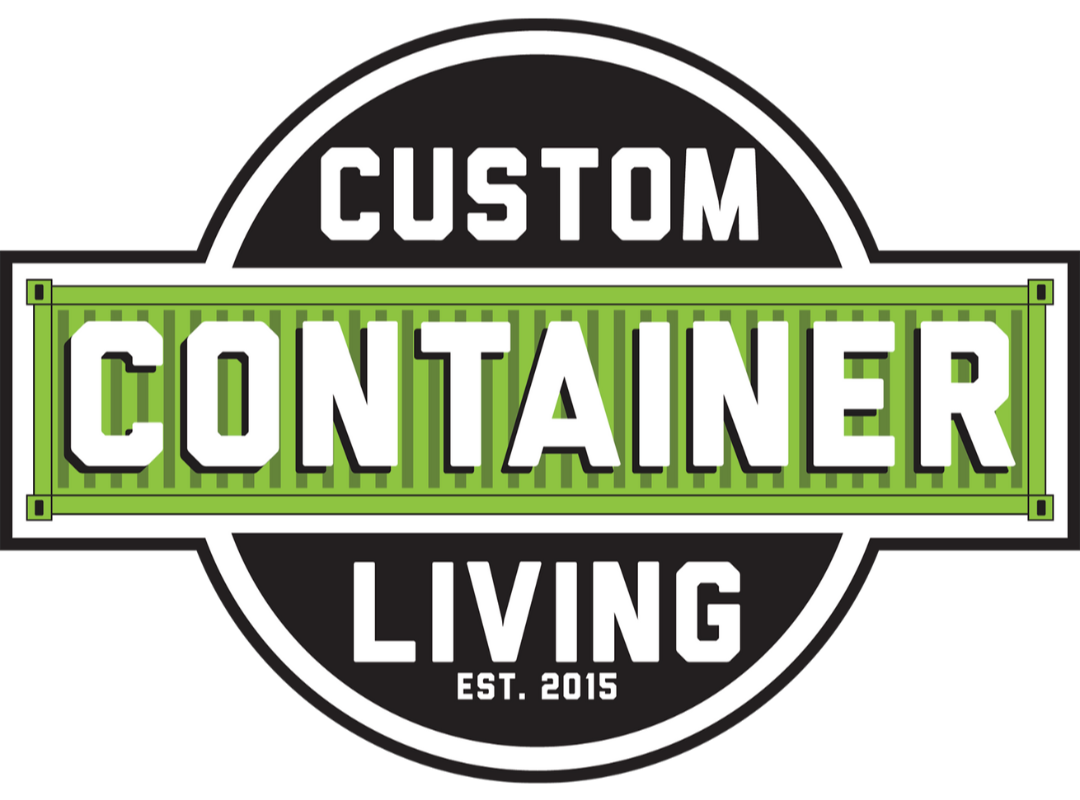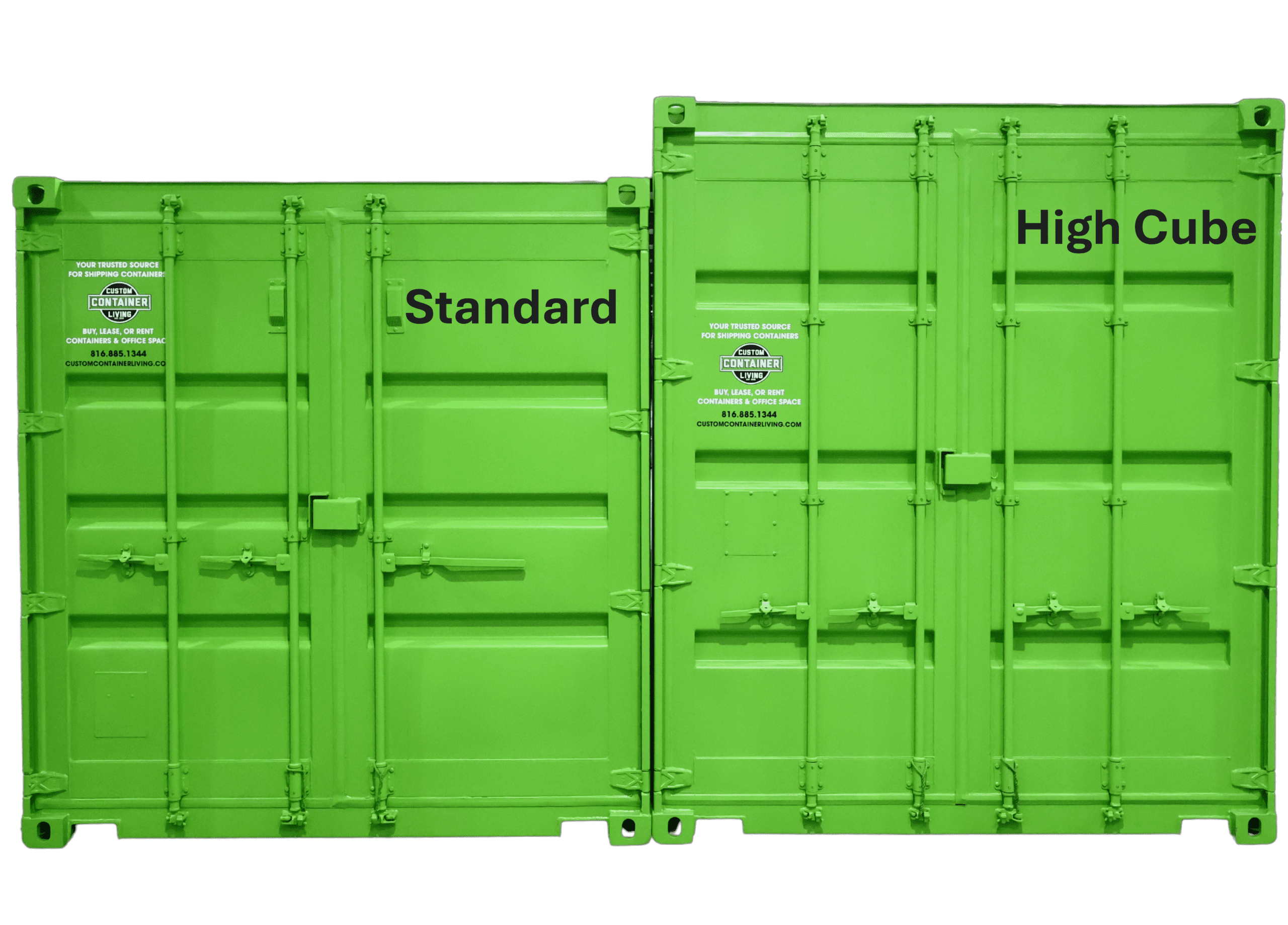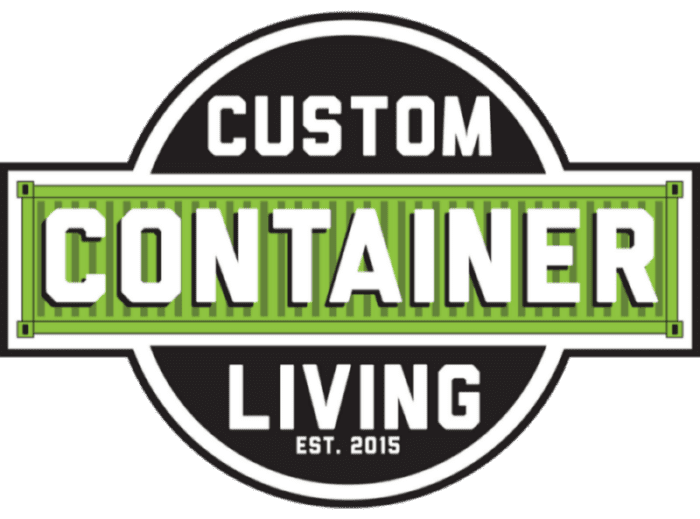Shipping Container Dimensions
Shipping containers come in various sizes and configurations, making them a versatile solution for a wide range of applications, from storage to fully customized living spaces. Understanding standard shipping container dimensions is essential when selecting the right container for your project. This guide provides detailed information on external dimensions, internal dimensions, square footage, weight, and door openings for 10-foot, 20-foot, and 40-foot shipping containers. Additionally, we will cover important specifications such as tare weight and gross weight.
shipping Container Size Chart
Below is a comprehensive table that details the dimensions and specifications for standard sizes of shipping containers:
| Container Size | Exterior Dimensions (L x W x H) | Interior Dimensions (L x W x H) | Square Footage | Cubic Feet | Tare Weight | Gross Weight | Door Openings (W x H) |
|---|---|---|---|---|---|---|---|
| 10 ft | 10′ x 8′ x 8’6″ | 9’3″ x 7’8″ x 7’10” | 75 square feet | 560 cu. ft. | ~2,850 lbs | ~22,000 lbs | 7’8″ x 7’5″ |
| 20 ft | 20′ x 8′ x 8’6″ | 19’4″ x 7’8″ x 7’10” | 150 square feet | 1172 cu. ft. | ~4,850 lbs | ~67,200 lbs | 7’8″ x 7’5″ |
| 40 ft | 40′ x 8′ x 8’6″ | 39’5″ x 7’8″ x 7’10” | 300 square feet | 2350 cu. ft. | ~8,000 lbs | ~67,200 lbs | 7’8″ x 7’5″ |
| 40 ft High Cube | 40′ x 8′ x 9’6″ | 39’5″ x 7’8″ x 8’10” | 300 square feet | 2694 cu. ft. | ~8,600 lbs | ~67,200 lbs | 7’8″ x 8’5″ |
One-Trip Containers
One-trip containers are shipping containers that have only been used once for transporting goods before being sold. These containers offer the best condition available outside of purchasing a brand-new unit.
Benefits & Considerations of One-Trip Containers:
- Minimal Wear and Tear: One-trip containers are almost new, with little to no damage.
- No Exposure to Long-Term Corrosion: These containers have not undergone prolonged exposure to harsh environmental conditions.
- Typically Better Seals and Insulation: The container's structure remains intact, ensuring excellent protection from the elements.
- Higher Cost: One-trip containers are more expensive than used containers due to their near-new condition.
- Transport History: Even though they are used only once, some may still have minor scuffs or cosmetic imperfections from international shipping.

Used Shipping Containers
Used shipping containers are an affordable and sustainable option for those looking to repurpose these steel structures for on-site storage, workspaces, or even homes. These containers have previously been in circulation for cargo ship transport and may show signs of wear such as rust, dents, or faded paint. However, they remain structurally sound and functional for many applications.
Benefits & Considerations of Used Shipping Containers:
- Cost-Effective: Used containers are significantly cheaper than new or one-trip units.
- Eco-Friendly: Repurposing containers reduces waste and supports sustainable building practices.
- Availability: Used containers are widely available in various conditions and locations.
- Condition Variability: Used cargo containers can have varying degrees of wear, including rust and dents.
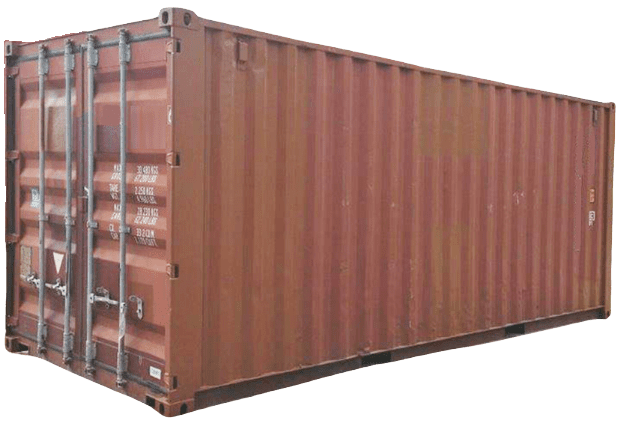
Container Delivery and Setup
Proper delivery and setup of your shipping container are crucial to ensuring safety and usability. Consider the following:
- Site Preparation: Ensure a level and stable foundation, such as gravel, concrete, or wooden blocks, to prevent shifting and sinking.
- Delivery Space: Ensure there is enough room for trucks and cranes to maneuver and place the container correctly.
- Placement Considerations: Decide whether your container needs to be elevated, secured, or modified immediately upon arrival.
- Permitting: Some local areas require permits for placing a shipping container—check regulations in advance.
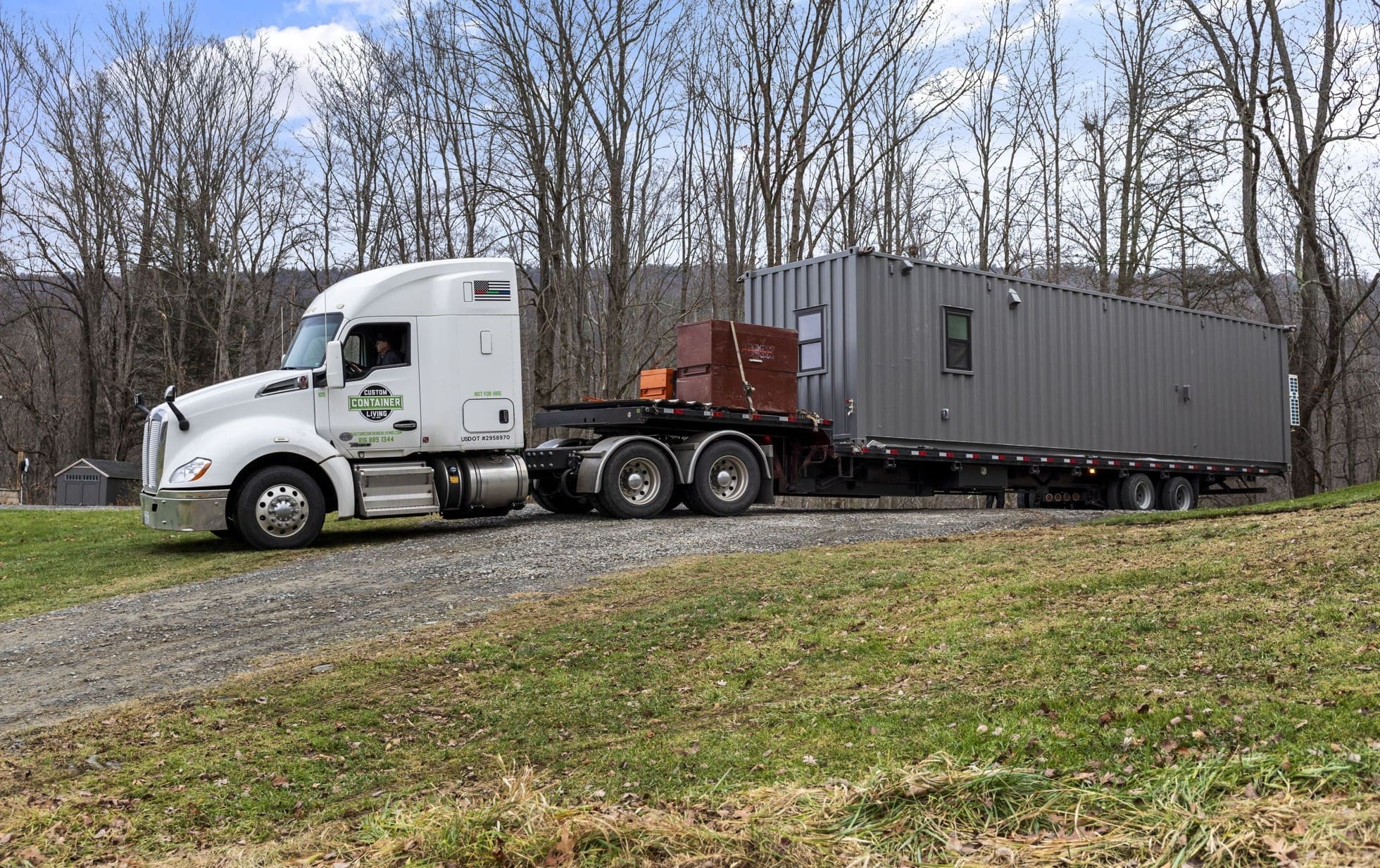
How to Choose the Right Container for Your Project
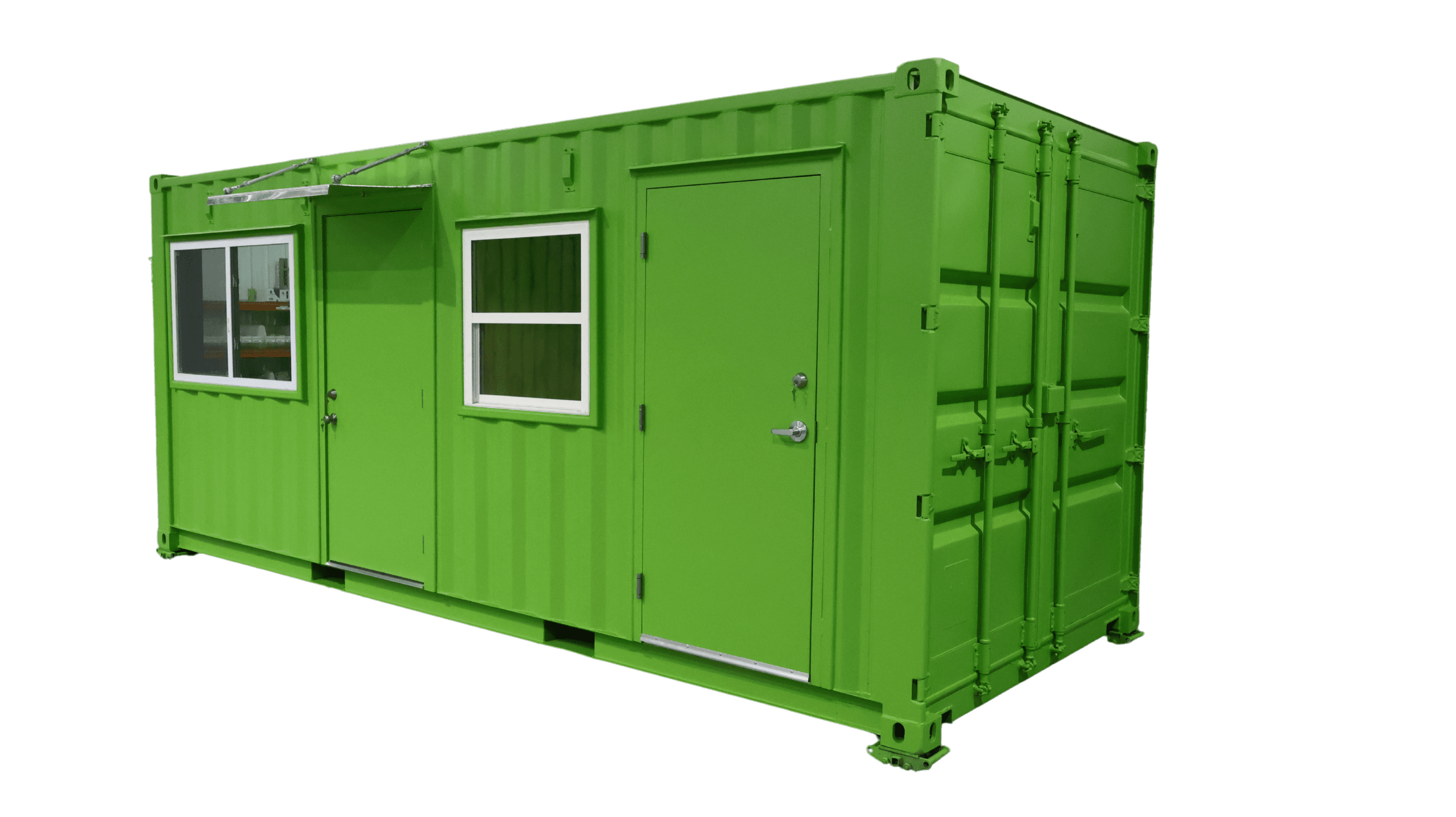
Selecting the right shipping container depends on several factors, including:
- Size Requirements: Different sizes of standard shipping container dimensions accommodate various storage and living space needs.
- Customization Needs: If modifications such as insulation, electrical work, or shelving are needed, a modified container may be the best choice.
- Type of Container: Dry containers, high cube shipping containers, and specialized models are available based on your needs.
- Condition: Consider whether a one-trip container or a used container fits your budget and intended use.
- Accessibility & Placement: Ensure enough space for delivery and installation at your site.
By understanding shipping container dimensions and modification options, you can make an informed decision that meets your specific needs. Whether you need a standard height 10-foot container for compact storage or a 40-foot high cube for larger cubic capacity, proper planning will ensure successful implementation.
